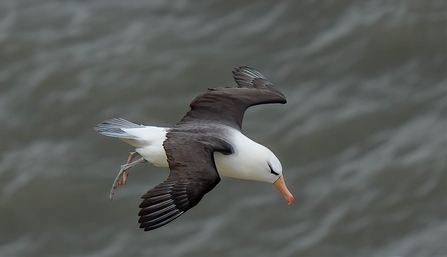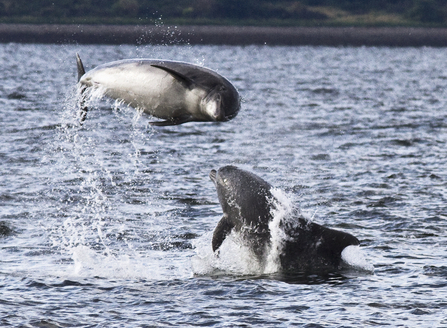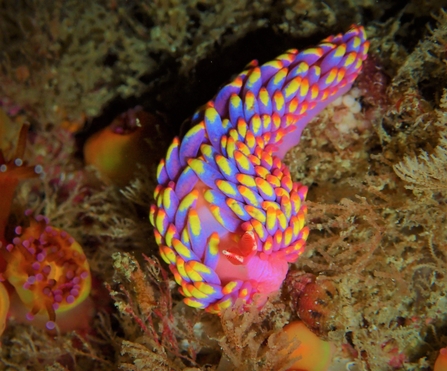The highs and lows from the shores of the UK, Alderney and Isle of Man in 2022 include:
-
A new species of coral, a 100-year-old shark, orca calves and a very special albatross
-
Avian flu, plastic and oil pollution, and reckless tourists pile pressure on marine life
-
Seagrass success, a puffin phenomenon and new generation of ocean champions





